All the Things That Went Wrong With the First Manned Space Station – SkyLab One
10th May 2024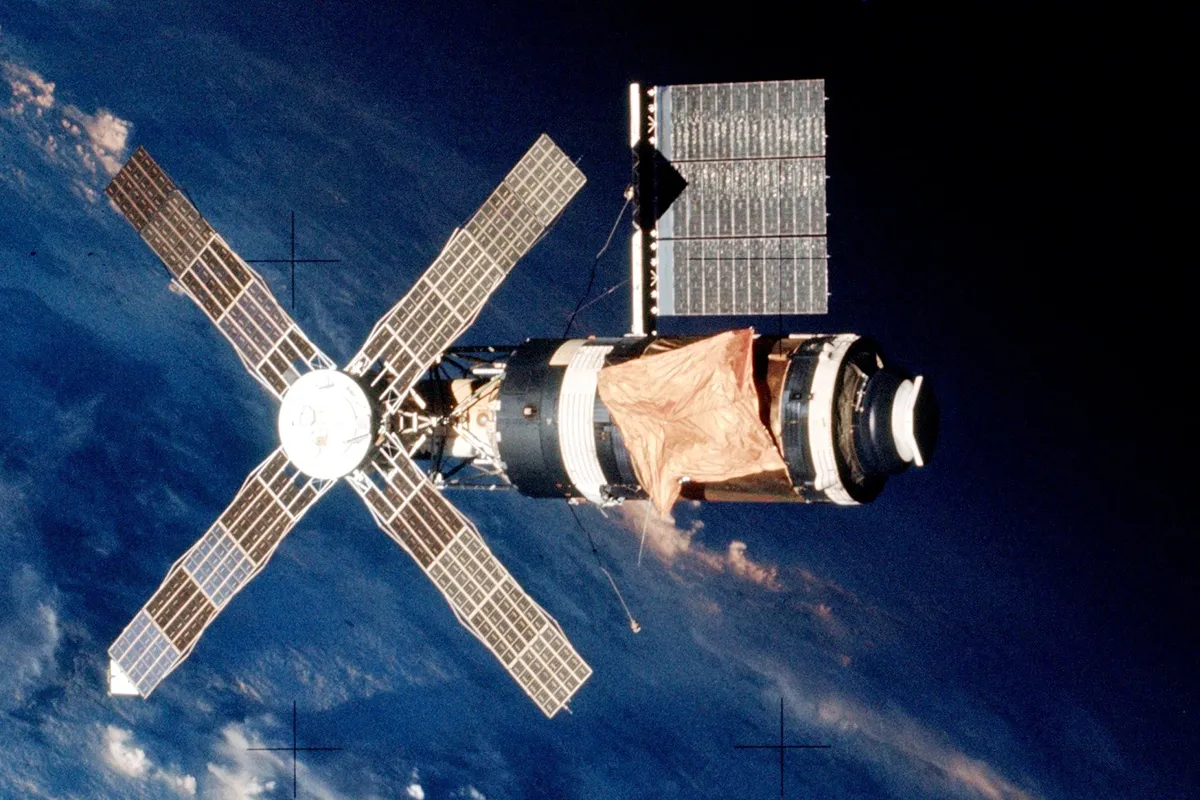
The International Space Station has been the longest and the most successful space program so far. But the hard-learned lessons that have kept the ISS continuously manned for over 20 years came from the US’s first attempt to live in space longer than just a few weeks. We’re talking about America’s first orbiting workshop – SkyLab. However, it became known more for the things that went wrong than the things that went right.
As we gear up to mark 54 years since the United States sent “SkyLab One” into space as its first manned space station, it’s worth digging into what went wrong. Why did it fail? And why, just a few years after its launch, were Canadians especially worried about it, feeling like the sky was falling? Let’s dig into that.
Building SkyLab
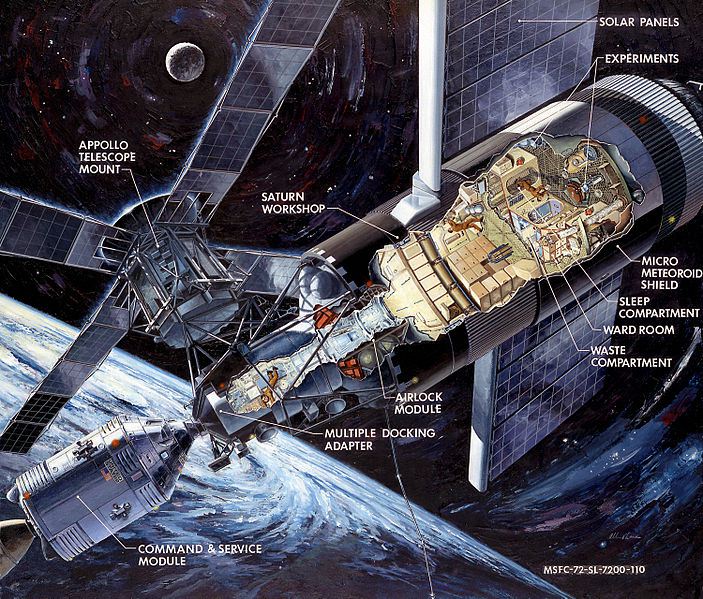
Verna von Braun was the first one to start out in the 1950s with the idea of a large rotating space station. He had already worked out plans to become part of the Apollo Applications program to convert the second-stage fuel tank of a Saturn rocket into an orbital workshop. The cancellation of the later Apollo Missions 18, 19, and 20 freed up the spare Saturns to create SkyLab.
The manned space station would fill in the gap between Apollo and the space shuttle, which was due in 1979. It would not only be a laboratory to find out how living in space would affect the human body, but it would also carry the Apollo telescope mount and solar observatory to study the sun in greater detail than ever before in both the ultraviolet and x-ray spectrums outside of the Earth’s atmosphere. Something that will become prescient of SkyLab’s ultimate fate in 1979.
Where the Issues Began: Launch & More
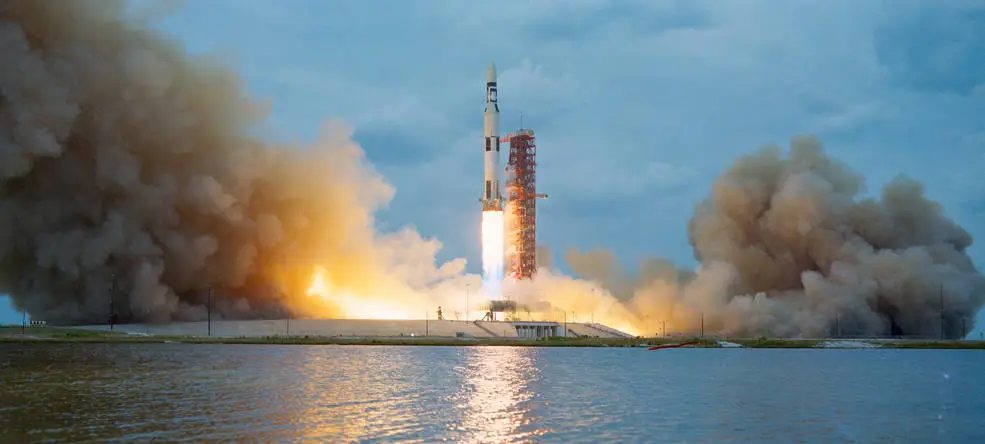
SkyLab was launched on the 14th of May, 1973, to be followed by the crew on another launch
the next day. However, almost immediately, it ran into problems when a micrometeorite shield and sunshade accidentally deployed during the launch which was immediately ripped off by the slipstream
as it travelled at several thousand kilometres per hour.
Once in orbit and within an hour of the launch, more problems became apparent. With no heat shield, the temperature of the workshop was rising dramatically, and a pair of solar rays weren’t functioning correctly, which later turned out that one had been pulled off by the departing sunshade. NASA was on a repair mission and had to delay the next-day crew launch whilst they figured out if and how it
was possible to fix the problems and save SkyLab.
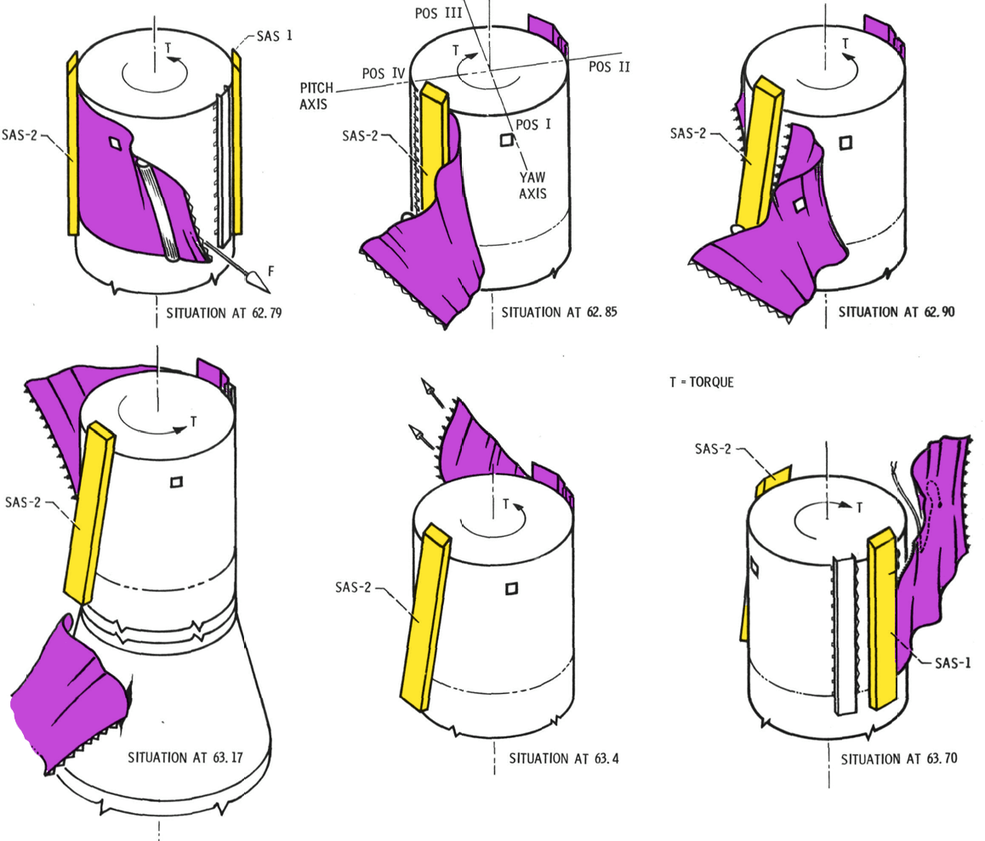
Over the next 10 days, teams around the US worked day and night to come up with a solution to fix the
missing solar shield. The idea was to make a parasol that would be attached to the side of a workshop and then open it up to provide the shade required. As this was being done, the backup crew practised the operations in the SkyLab underwater simulator to both fit the parasol and also fix the solar array. Ten days later, the crew mission of SkyLab II lifted off to try and rescue the $2.5 billion dollar program.
Not Everything Went Wrong
Nothing like this had been done before. The crew managed to fix the parasol in place and release the stuck solar array, bringing the temperature down in the workshop to acceptable levels and providing enough power for the mission to continue. NASA had learned that it was possible to work in space and fix problems that relied upon the crew’s initiative. Something that would prove invaluable for future missions, not only in assembling the ISS but also in fixing the Hubble space telescope.
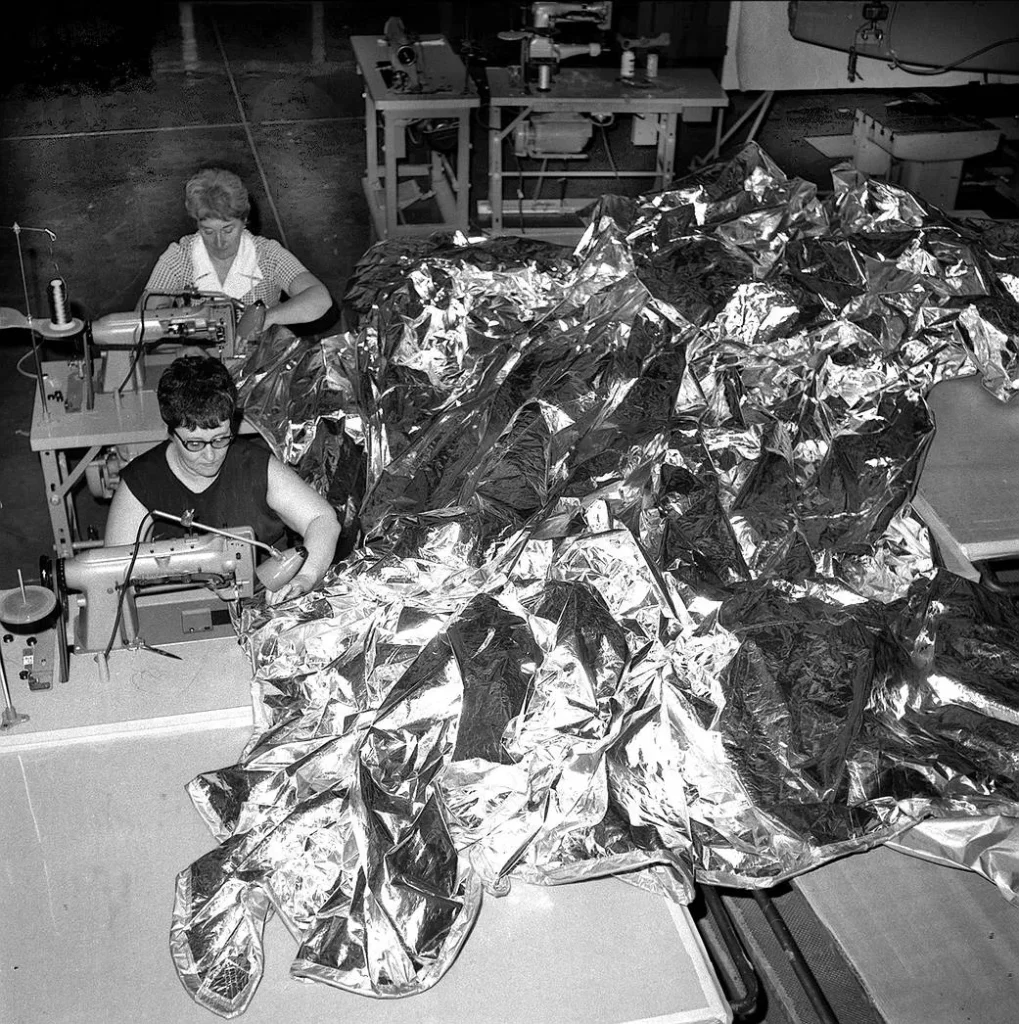
Once SkyLab was functioning, it could carry on its work, but it was hardly what you would call luxurious. It was basically a giant aluminium can in which the crew would eat, sleep, and work, with one window on board excrement store and somewhat bland food. This large open space allowed them to do things that are not possible now on the ISS, such as running around the wall and doing acrobatics.
Hundreds of experiments were carried out over the three missions on everything from exercising space to earth resources, looking down at the earth to material sciences like welding in space, and growing crystals. Each of the three crewed missions stretched to the limit of human space flight endurance, with SkyLab II lasting 28 days, SkyLab III – 56 days, and SkyLab IV – 84 days.
How SkyLab Became a Space Debris?
Before departing for the last time, the SkyLab IV crew left food and provisions for the next crew, which never happened. It was known that without further booster operations, SkyLab would eventually fall back to Earth. This was not expected to occur until about 1983, and the Space Shuttle was due to
come into service in 1979 to boost SkyLab’s orbit.
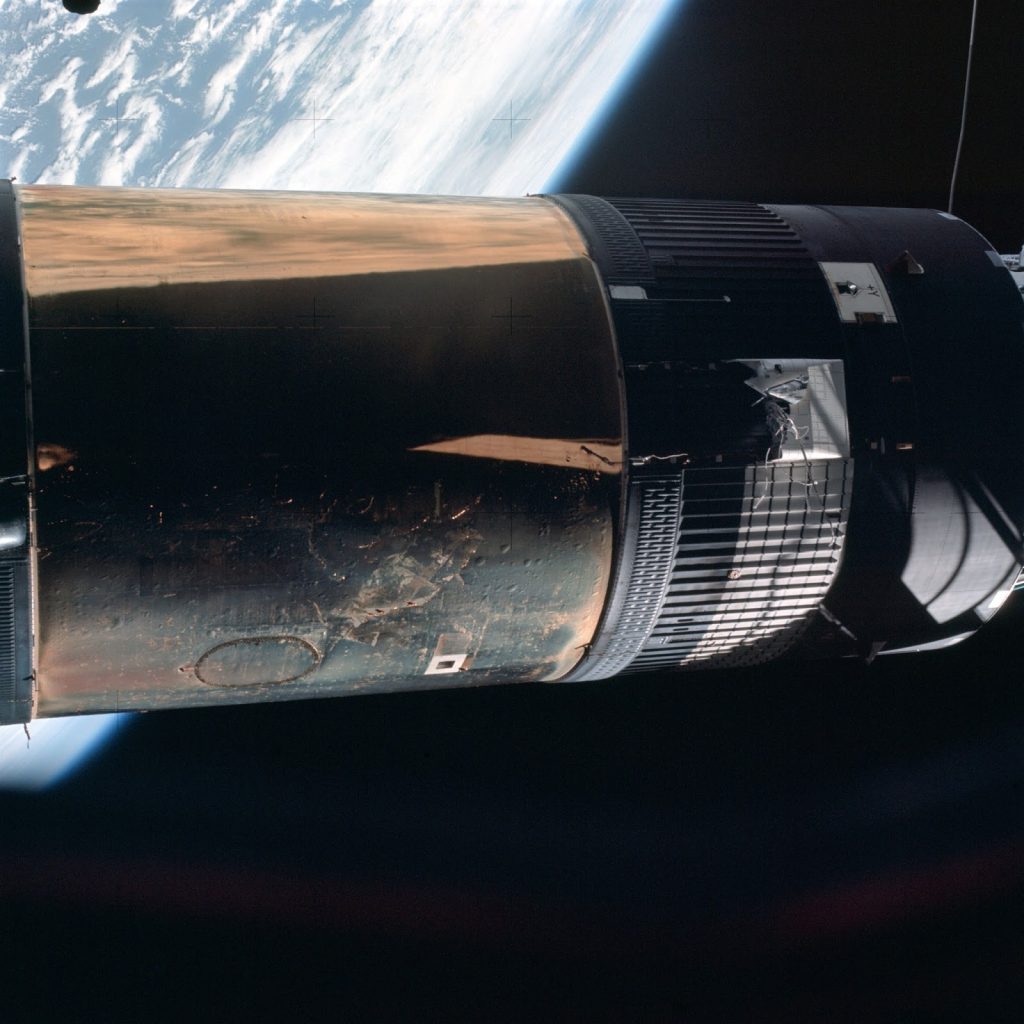
Despite having the world’s best sun observatory on SkyLab, NASA ignored warnings by the British
mathematician Desmond King Helly and NORAD revised their date to mid-1979 due to the effect of the largest increase in solar activity in a century.
Problems with the Space Shuttle meant it would be delayed and unable to boost SkyLab’s orbit. The debacle that was SkyLab returning to Earth also showed that NASA needed to learn lessons on how to predict and handle the return of a large piece of what was now space debris. There was a plan to have fuel on board SkyLab to allow it to have a more controlled re-entry, but that was later dropped because of the fear that it might cause danger to the crews on board. This left NASA less control of where it would eventually end up on Earth.
Worldwide Panic

As time approached, this caused a media frenzy as people who were under Skylab’s flight path were concerned that it might fall on them. In July 1979, all eyes turned skyward as Canadians and people worldwide braced for the descent of debris from an American space station. In Ottawa, the Emergency Planning Office was moving, taking measures to safeguard Canadians and their surroundings.
But just a few hours before the event, NASA adjusted SkyLab’s orientation to take it on a path that would fly across the U.S and drop it into the southern Atlantic about 1300 km south-southeast of Cape Town, South Africa, to avoid flying over the more densely populated areas of Europe and China.
However, due to a 4% margin of error in the calculations and the fact that the main part of SkyLab took much longer to burn up than expected, it carried along its flight path and over the southern Indian Ocean, where parts of it fell. Many pieces were found by local people, with some saying that NASA had planned to land it there rather than over the US because it was more sparsely populated. But in reality, you could see that it was just at the end of its flight path and that if it had been controlled more accurately with onboard fuel, it could have been dropped into the ocean quite easily.
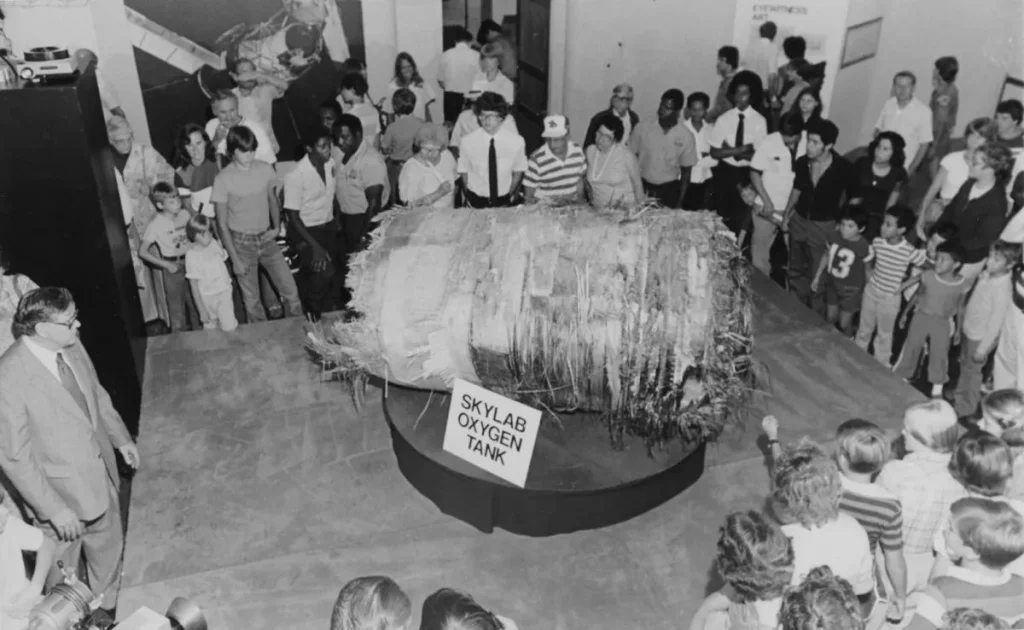
NASA learned many things from SkyLab. One of them was the feasibility of doing an EVA (Extravehicular Activity, which refers to any activity conducted by an astronaut outside their spacecraft) to fix mission-level failures. Skylab’s launch underscored that, despite numerous successful Saturn V launches, spaceflight would never be as “routine” or “easy” as hoped. Yet, amidst these early challenges, the Skylab saga ultimately ended on a high note. Both the crews and ground control demonstrated the ability to “improvise, adapt, and overcome,” addressing significant issues while in orbit.
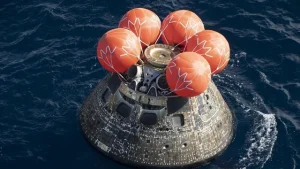
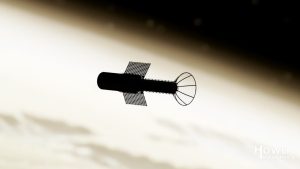




Thank you for your comment! It will be visible on the site after moderation.